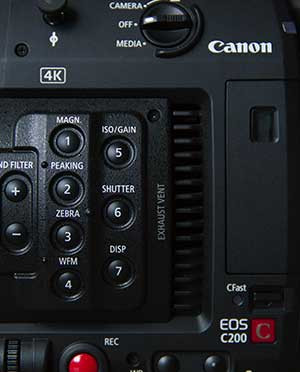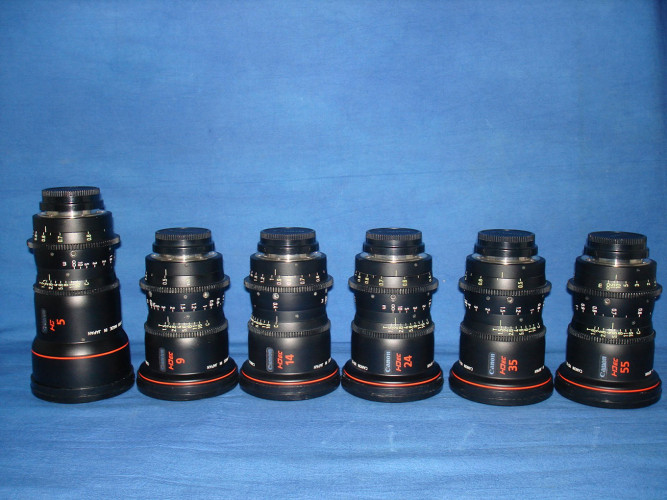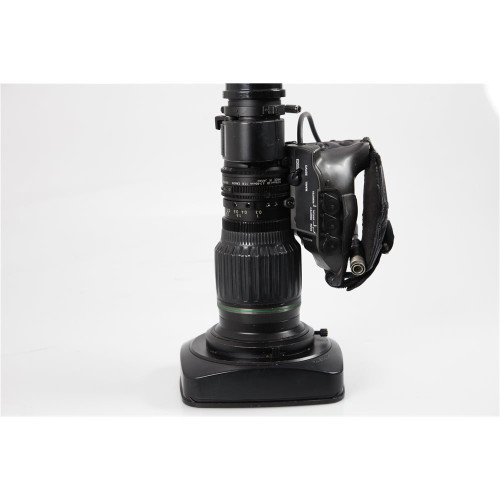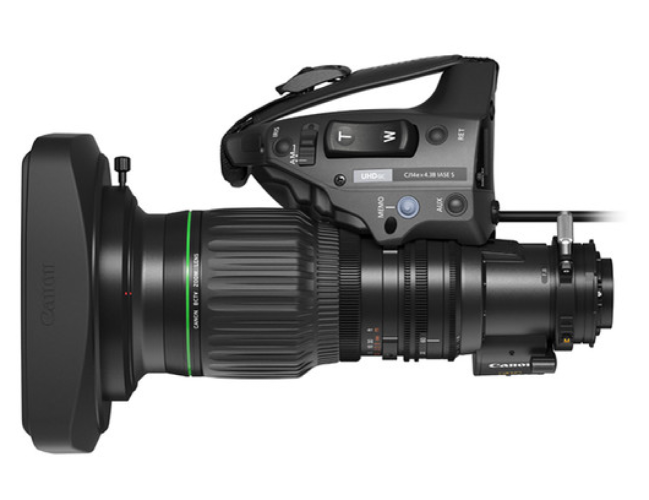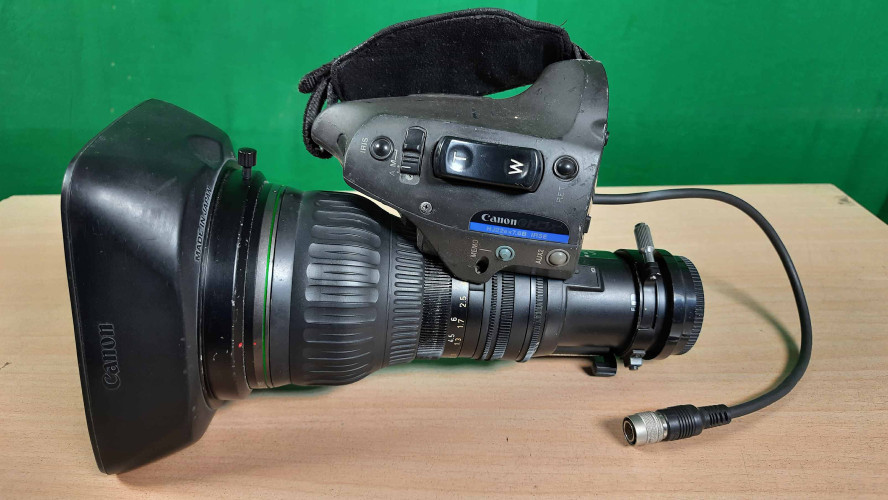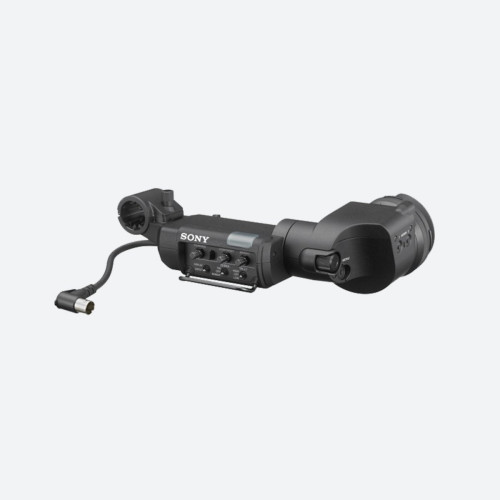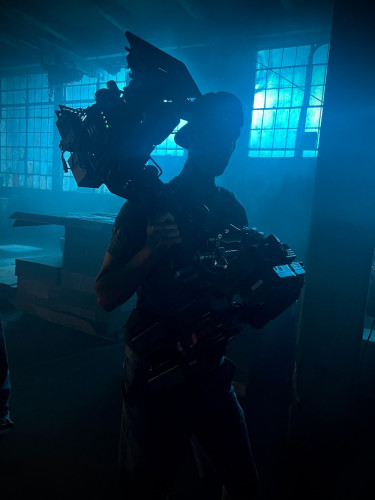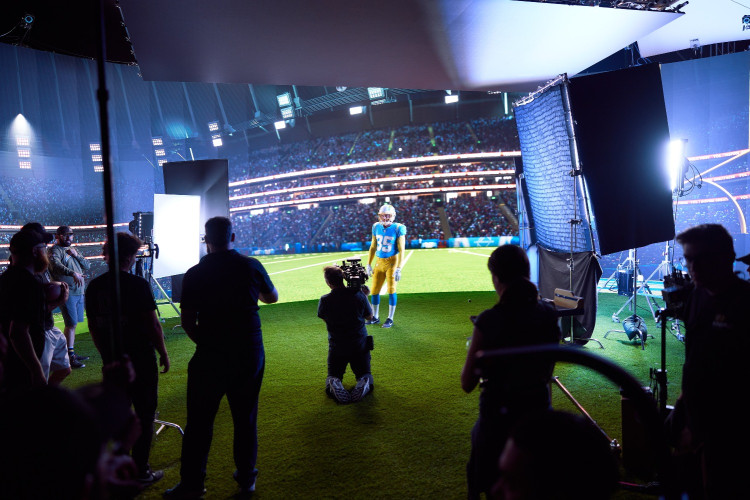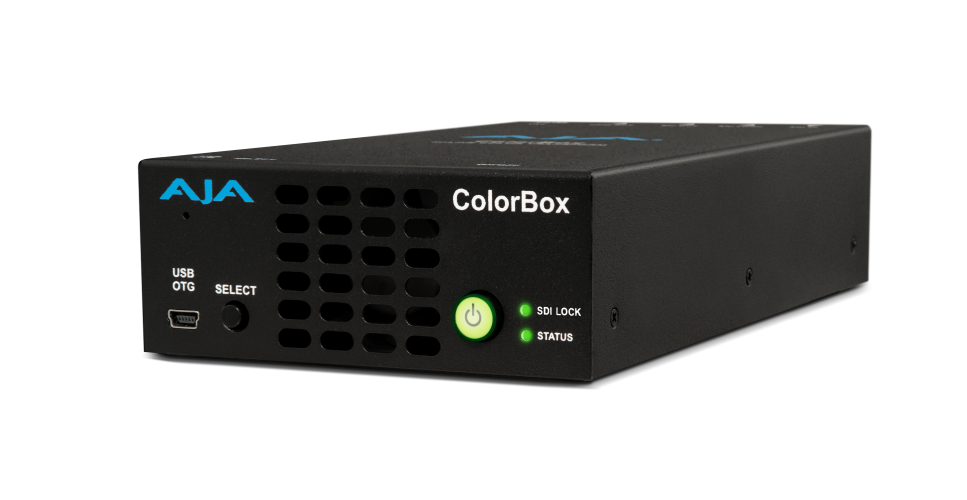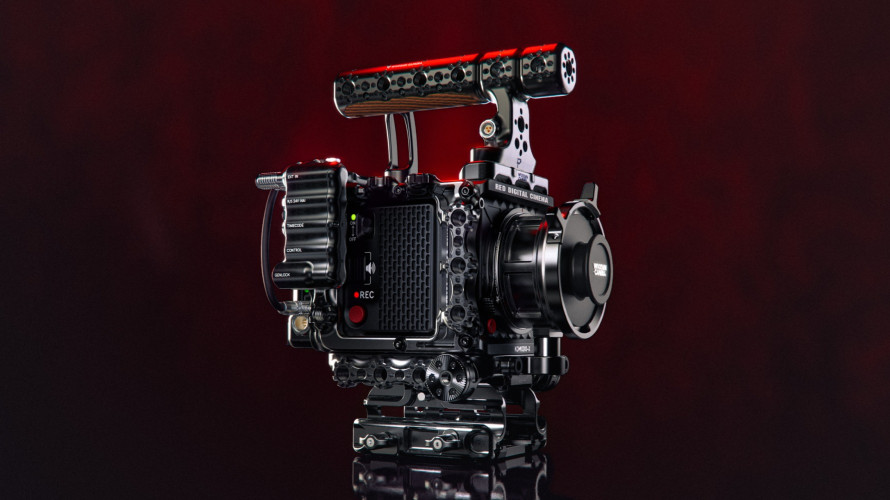There are many reviews about this camera online and a heap of incredibly detailed comparison and behind the scenes footage that will really give you a full insight into what it can do. So first a disclaimer - this review is less detailed and based on my personal reading of what this camera means for Canon and all other camera manufacturers and us – the users of these technologies. So, what’s all the fuss about?
The camera is capable of internally recording a new RAW codec Canon have developed which they’ve called Cinema Raw Light. The camera is part of the 3rd generation of Cinema EOS cameras which are aimed at the mid weight filmmakers creating content for commercials, drama, corporate and other theatrical uses. The really interesting thing is that this camera sits between the C100mkii and the C300mkii in the Canon Cinema EOS range and it boasts the ability to record 12 Bit RAW when shooting at 30, 25 or 24fps internally. This ability comes at a cost. The camera records to CFast II cards which are expensive, you will only get around 15mins per 128GB card in 4K. This means that to shoot RAW you are going to need to make a significant investment in media to record on and also have a solid post production infrastructure in place to deal with this vast amount of data.
But let’s place all that aside for one moment. I consider this as a big move from Canon when placed in context. The only other manufacturers to offer the ability to internally record RAW in 4K are Blackmagic Design and RED, (Arri’s Alexa Mini will do 3.4K via Open gate but not 4K). This might be a game changer – you don’t need more investment or power and rigging solutions for another piece of kit to acquire RAW. It suggests to me that other manufacturers will likely follow suit in 2018 and 2019, because capturing all the information from the sensor offers filmmakers increased flexibility and image quality and more importantly there is clearly a significant market demand for this functionality. Therefore, in my opinion RAW recording has the potential to be as big, if not bigger deal than further increasing resolutions or full frame technology over the coming year. Although we are still going to see these develop significantly as well. Sony already have their 16Bit X-OCN (Original Cinema Negative), for use with the F55 and Venice with the ASX-R7 recorder, the likes of Sony, Arri and Panasonic have kept the RAW functionality for the highest end systems and top-level licenses for these cameras so it is significant that Canon have managed to achieve RAW internally and put it out at this price point. Providing post production software can also be enhanced to integrate RAW data / RAW light codecs then this standpoint holds fast. I was able to run the Canon Cinema Raw Light footage in FCPX with the simple installation of a plugin.
So there’s the context and the lens through which I view the C200, now let me dive into some of the key points of note that I’ve shortlisted. If you don’t want to shoot in RAW then the camera also offers an SD card slot to which you can record proxies of 4K RAW you’re recording to the CFast II slot. You can also just record to the SD card in 4K Mp4 at 150Mbps 8 Bit 4:2:0 or in 1080p at 35Mbps. Somewhat problematically the camera doesn’t offer an edit friendly 10 Bit 4:2:2 internal codec to meet the minimum specs required for use in broadcast, so it’s unlikely to be used for broadcast / reality type shows like the original C300 was and take the place of where the Sony FS7 now sits. Canon are seemingly reserving the 4:2:2 recording for their top of the line models.
Ergonomically the camera is vastly improved with the addition of an Arri Rosette mount for the handgrip allowing the operator to deploy commonly available standard accessories / grip options. The XLR audio inputs have been integrated into the main body of the camera which is great news for gimbal work, and has enabled a re-design of the LCD screen which is now highly configurable. Also noteworthy is the fact that Canon are retailing this camera as a body only setup – without any kind of viewfinder. This setup clearly targeted at drone, gimbal or housing use, but also indicative of the fact that Canon are understanding their market. They are realising that the user configures a camera system to the way in which they work, and the Arri rosette mount showing us they want to provide enhancements that work with the rest of the expensive investments that filmmakers make. A big thumbs up from me regarding this embrace of modularity. Furthermore, the lens mount can be change to PL at a Canon service centre (paid for upgrade). The only negative I found with the form of the camera was that the heat exhaust is now on the left side of the body, so when the camera is on your shoulder it’s right by your ear. I am guessing this is down to the relocation of the XLR inputs and if so it’s a small price to pay.
Another important feature is the cameras extended ISO range; I shot with it in extremely low light at night and found very low noise, even when pushing the ISO well beyond the rated ISO 800 that will give you 15 stops of dynamic range in 12 Bit RAW. The extended range goes all the way up to an incredible if very noisy ISO 102,000. Even at high ISO ratings the RAW image is rescuable once a LUT and noise reduction are applied. Even more important than the extended ISO with the C200 Canon continue to lead the market with regards to their Dual pixel autofocus. They have increased functionality with their touch to focus and added track to focus technology for moving subjects, something especially useful for gimbal work and many filmmakers in this camera’s target market.
I would love to spend more time with the C200 and really get out in the field shooting with it because the images it produces from the RAW 12 Bit codec are stunning. Canon’s Cinema RAW Development software shows signs for future promise, and the plugins currently allow you to run the footage in FCPX and Avid. As it stands at the moment it can capably achieve simultaneous batch and proxy exporting to Pro Res 4444, DPX RGB 10 or 16 Bit, or Open EXR for an Aces workflow and offers control over Brightness, White balance and Sharpness. Clearly a way to go until it can rival REDCINE-X PRO but for processing the RAW files it works fine. The fact that you can use the RAW files natively in FCPX without venturing into the Canon software will be a big deal for many.
As I write this I’m rather struggling to find a conclusion to this article because I basically began with one. The camera’s internal RAW capability is clearly the headline, not just for Canon but for other manufacturers too. Canon seem to understand their customers and it strikes me that with the C200 they aren’t aiming at broadcast and adhering to standards but playing left of field and kicking the hornets’ nest by offering RAW to the online commercial filmmaker market. Perhaps then internal RAW will be the next big thing? Who knows it might even overshadow the arguments for and against more pixels over the next year and I hypothesise become the new norm in indie priced cinema camera technology. What will the C300mkIII have instore for us?





